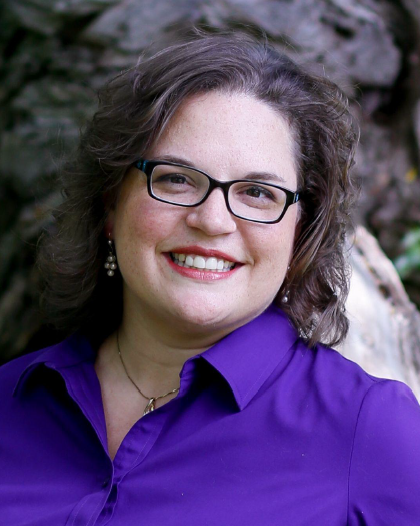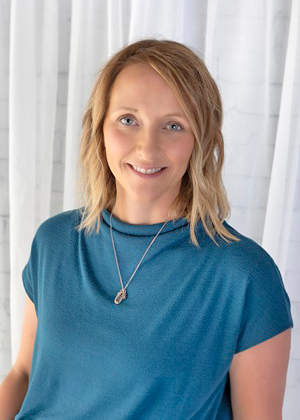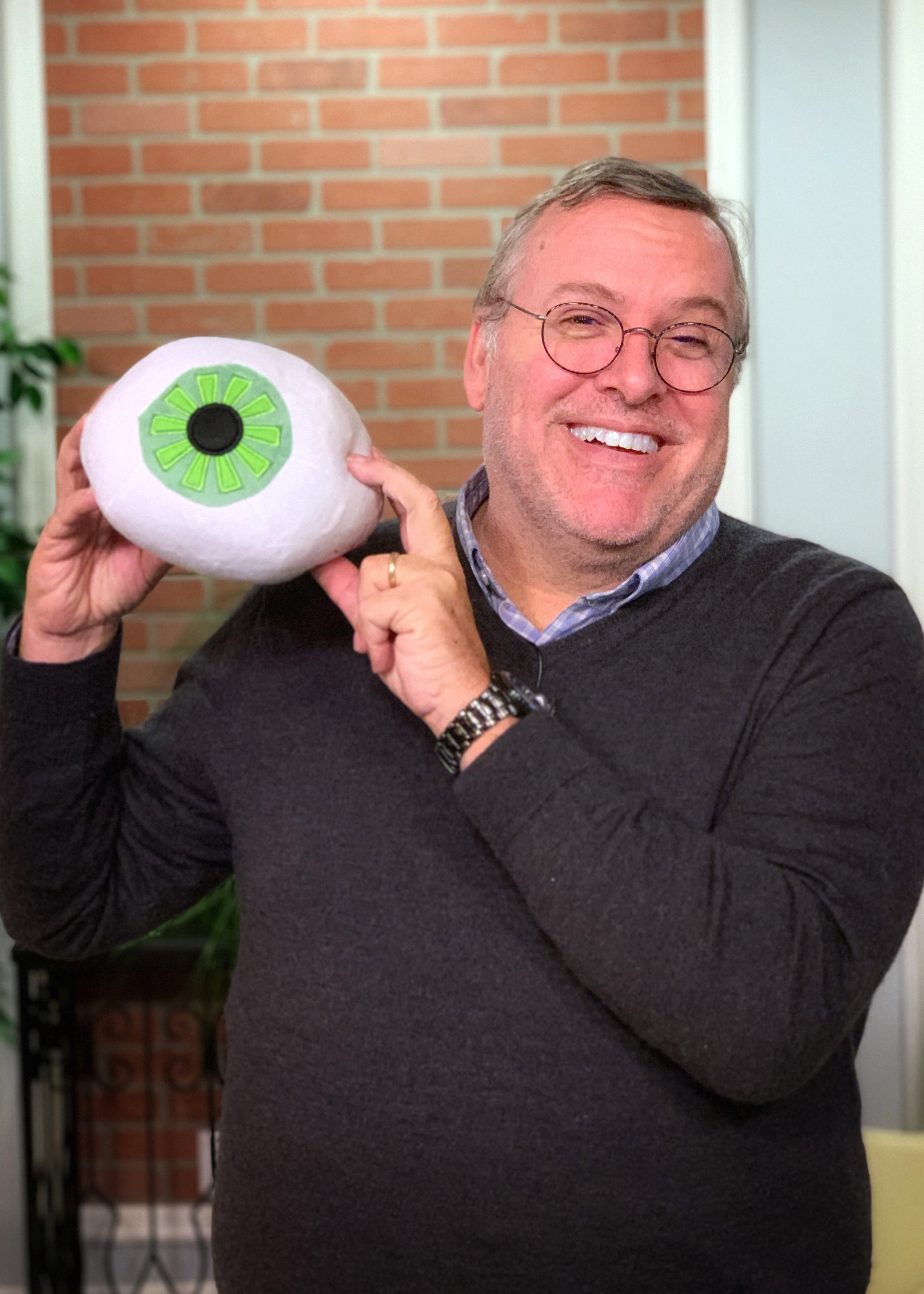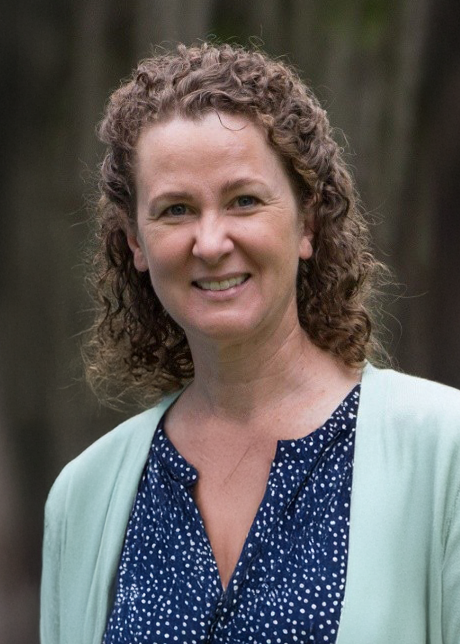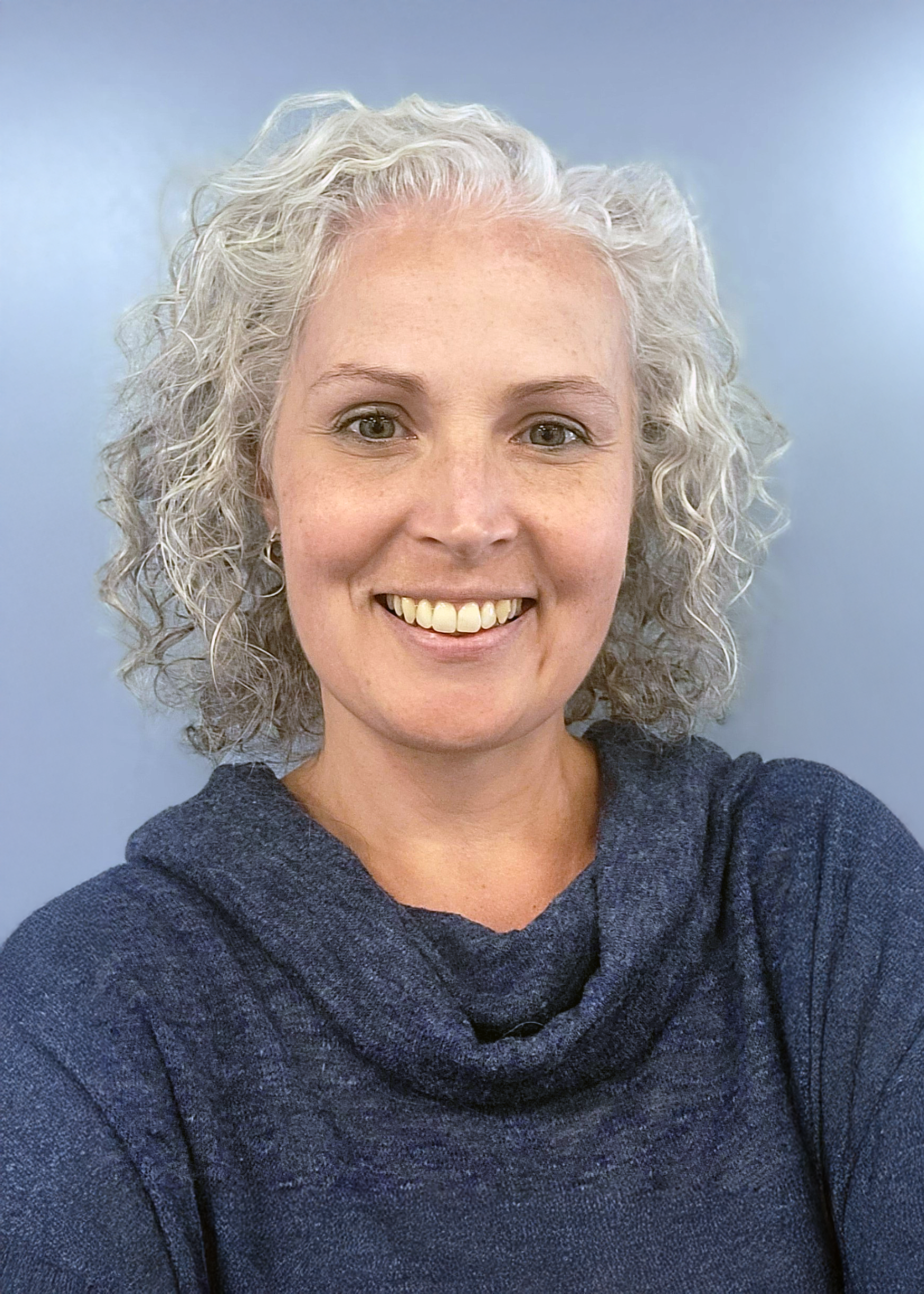Course Description
Expand Your Expertise in Vision Rehabilitation with Leading Experts
Advance your skills in vision rehabilitation with this dynamic recorded conference experience. This self-paced, on-demand course features leading experts sharing innovative strategies, hands-on activities, and real-world case studies — all designed to elevate your therapeutic practice. Whether you're aiming to improve visual efficiency, develop spatial awareness, or refine visual processing techniques, this course equips you with practical tools to create meaningful client outcomes. Learn on your schedule, revisit sessions as needed, and gain insights to transform your vision therapy approach.
Session 1: Setting the Stage for Vision Rehab
Begin with a foundational review of essential vision concepts and terminology. Designed for intermediate-level therapists, this session builds a shared clinical language to prepare you for the deeper dives ahead. Includes key insights into recognizing dyslexia through the lens of vision rehab.
Session 2 – Vision Efficiency and Spatial Mastery
Part A:
Eye catching activities for spatial awareness, reflex integration and visual information
processing
Explore the crucial connections between spatial awareness, primitive reflexes, and visual processing. This session addresses complex visual challenges like field cuts, inattention, and compressed visual fields, highlighting how non-integrated reflexes affect function. Learn to integrate central and peripheral vision, reflexes, and visual processing to improve balance, posture, and overall outcomes. Designed for vision rehab professionals, this course provides actionable, budget-friendly interventions.
Part B:
Eye-catching Activities for the Remediation of Visual Efficiency Skills
Over half of the brain is dedicated to vision, influencing nearly every aspect of daily function. This 4-hour session dives into visual efficiency, covering saccades, pursuits, vergence, and accommodation. Through activities, video examples, and interactive discussions, you’ll learn to design and adapt activities that strengthen visual efficiency within occupational therapy practice. Participants will leave with targeted treatment plans and modification techniques to meet unique client needs. Ready-to-implement strategies ensure enhanced therapeutic outcomes across all ages.
Session 3 – Interactive Case Studies and Roundtable
Case Studies:
This 3-hour session offers interactive case studies, covering clinical reasoning, goal-setting, and intervention strategies for pediatric and neurological cases. Participants are encouraged to discuss and deepen their understanding, refining their clinical approach.
Roundtable Discussion:
Reflect on the conference insights, share experiences, and collaborate on future educational needs in this closing session, connecting with instructors, hosts, and fellow attendees.
Course Requirements:
- Computer with internet and working speakers/sound are required for this course.
- Course must be completed within 30 days of activation (activate course within 6 months of purchase).
- An online multiple-choice quiz (80% passing score) and submission of an online evaluation form are required for successful completion.
- A certificate of completion will be available to print immediately after course is successfully completed.
20 Minutes
Vision vs Sight
40 Minutes
Common Vision Diagnoses
45 Minutes
Assessing Ocular motor skills
15 Minutes
Visual Perception assessment
15 Minutes
Dorsal Stream Dysfunction
30 Minutes
Recognizing Dyslexia
15 Minutes
OT's role and scope in Visuo-Vestibular Interventions
30 Minutes
Peripheral and Central Disorders: What's the Connection to Vision?
65 Minutes
Models of Treatment
40 Minutes
Models of Treatment - Visual Field cuts, inattention, and neglect
10 Minutes
Models of Treatment - Fixation, Visual Efficiency, Gaze Stabilization
10 Minutes
Models of Treatment - Visual Memory, Discrimination, Analysis, Motor Integration
15 Minutes
MultiSensory Integration Theory: How does this all work together?
60 Minutes
Primitive Reflex Integration
40 Minutes
Primitive Reflex Integration - Peds - Development and Tx
15 Minutes
Primitive Reflex Integration - Adults - Re-emergence and Tx
40 Minutes
Peds and Adult Treatment
30 Minutes
Session 2 - Theory
60 Minutes
Session 2 - Saccades/Pursuits
30 Minutes
Session 2 - Accommodation
30 Minutes
Session 2 - Accommodation cont.
60 Minutes
Session 2 - Vergence
30 Minutes
Session 2 - Audience participation
45 Minutes
Session 1 - Case Study 1 - clinical reasoning, goal development and interventions
45 Minutes
Session 1 - Case Study 2 - clinical reasoning, goal development and interventions
765 Minutes
Session 2 - Case Study 1 - clinical reasoning, goal development and interventions
45 Minutes
Session 2 - Case Study 2 - clinical reasoning, goal development and interventions
60 Minutes
Roundtable Discussion
 ×
Home
Calendar
Courses
Club CIAO
Request A Course
VitalStim® Info
VitalStim® Registry
Products
eCourse Bundles
About Us
Our Mission
Podcasts
FAQs/Forms
Toys & Tools
Search
Contact
Login!
×
Home
Calendar
Courses
Club CIAO
Request A Course
VitalStim® Info
VitalStim® Registry
Products
eCourse Bundles
About Us
Our Mission
Podcasts
FAQs/Forms
Toys & Tools
Search
Contact
Login!
